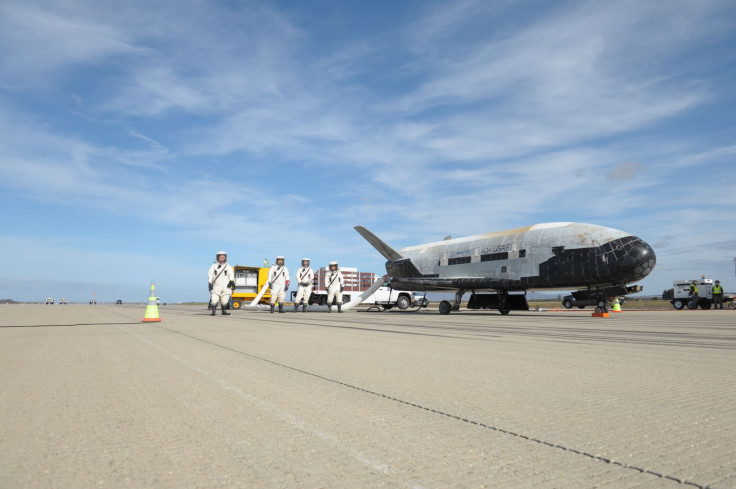China's Spaceplane Tengyun May Take Off And Land At Airports: Reports
KEY POINTS
- Experts said future spacecraft flights could go to more than 1,000 a year
- The spaceplane could be used to develop telecommunications for rural areas
- The project was announced in 2016 as a reusable space transport system
China's spaceplanes are so advanced that they may not need launch sites and can take off and land at airports. The test flight of Tengyun was carried out in July by its developer, state-owned China Aerospace Science and Technology Corporation (CASC).
So advanced is its technology of Horizontal Take-off and Horizontal Landing (HTHL) that it edges out its U.S. equivalent of X-37B Orbital Test Vehicle (OTV), which is rocket-launched, reported South China Morning Post.
The report, quoting the Chinese military magazine Naval and Merchant Ships, said this cost-saving development has added to concerns over the weaponization of space in the era of hypersonic missiles.
"Chinese spaceplane technology was inspired by the US X-37B, but the American OTV still needs to be launched by rocket, while China has now overcome this limitation," magazine editor-in-chief Su Ming was quoted by the news outlet.
Footage of Su and others discussing the project and the hegemony of the U.S. in space was posted on Chinese social media accounts on Dec. 12.
"The successful HTHL test suggests future Chinese aerospace aircraft will be able to take off from airports anywhere in the country,” Su said. "That means future spacecraft flights could go from the current 30 times a year to more than 1,000 [a year] – more like regular planes," he added.
The project was announced in 2016 by the CASC aiming to develop a reusable space transport system to save costs.
Since then, it unveiled the HTHL system this year. Last year, Tengyun had landed at a secret strip close to China's oldest nuclear test area of Lop Nur.
In the video, Su was also heard commenting that X-37B could potentially be used as a weapon to attack other countries’ satellites. He added that the "powerful robotic arm attached to the core module of China’s new Tiangong space station could be used to counter this."
However, Zhou Chenming, a researcher from the Yuan Wang military science and technology institute in Beijing, told The South China Morning Post that the robotic arm would not be used as a weapon because doing so would have grave consequences.
"China had long-term commercial goals for reusable spacecraft, including cutting costs for commercial satellite operations.“These projects could be used to develop telecommunications for remote rural areas, and to explore new markets in underdeveloped countries," Zhou said.
Other reports said Tengyun will be capable of carrying both crew and cargo to orbit. It will also be able to release satellites into orbit.

© Copyright IBTimes 2024. All rights reserved.





















